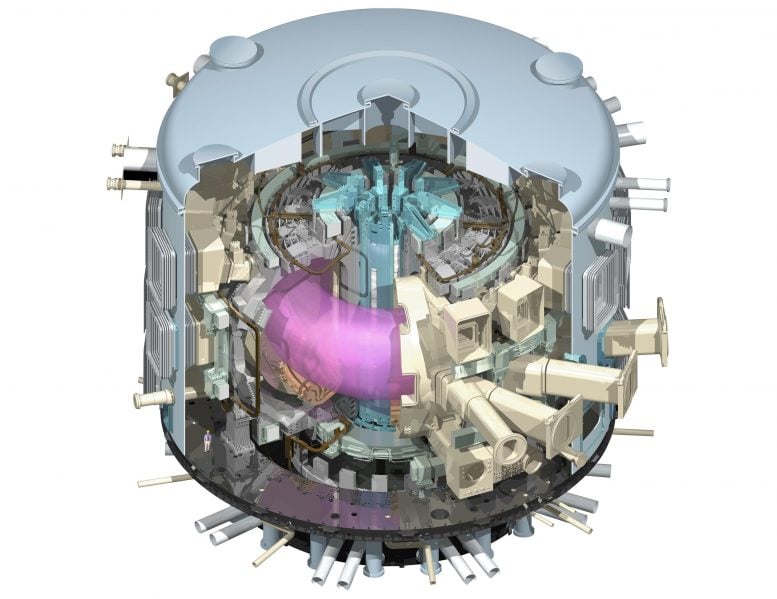
The ITER Tokamak will be nearly 30 meters tall, and weigh 50,000,000 pounds. The very small man dressed in blue (bottom right) gives us some idea of the machine’s scale. The ITER Tokamak is made up of an estimated one million parts. Credit: US ITER
As scientists study approaches to best sustain a fusion reactor, a team led by Oak Ridge National Laboratory investigated injecting shattered argon pellets into a super-hot plasma, when needed, to protect the reactor’s interior wall from high-energy runaway electrons.
Other pellet materials, frozen from room-temperature gasses, have successfully reduced the plasma’s thermal energy, but argon was most effective at runaway electron dissipation.
Using fuel pellet injection technology – which literally shoots cryogenic pellets of fuel into the plasma to raise its density – the team used an injector optimized for argon during a series of tests at the DIII-D National Fusion Facility. “Now that we have demonstrated argon’s effectiveness, our next step is to determine how many pellets and pellet injectors are needed for a solution that’s applicable,” said ORNL’s Larry Baylor. This research may be scaled up for possible application on ITER, the international experimental reactor.
Scientists tested ORNL-developed pellet injection technology with shattered argon pellets shot out of a bent shatter tube in a lab at ORNL. The technology was later tested on an experimental fusion plasma to mitigate runaway electrons, preventing interior wall damage. Credit: Trey Gebhart/Oak Ridge National Laboratory, U.S. Dept. of Energy

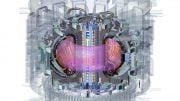
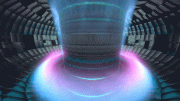

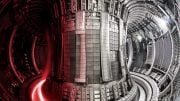
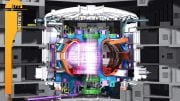
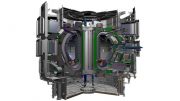
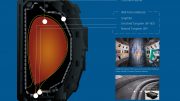
How are these pellets and feedstock injected into the process against the huge magnetic force fields.